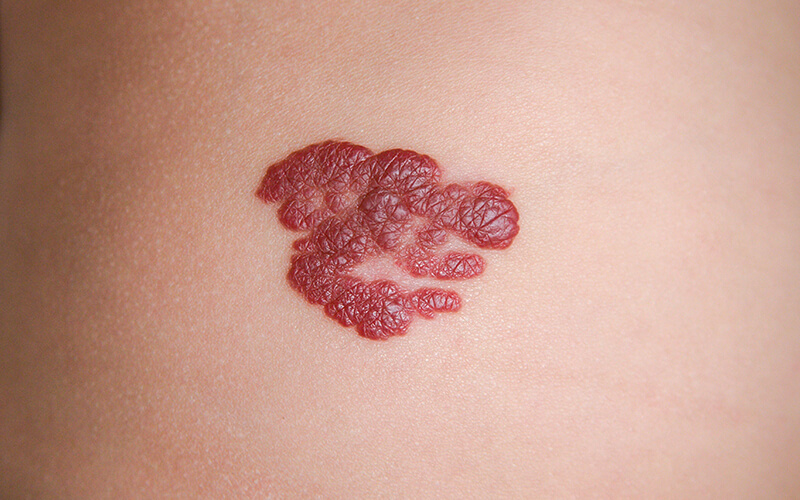Hemangiomas are benign vascular growths that commonly appear in infants and young children. While these growths are generally harmless, many parents and individuals wonder whether hemangiomas can increase in size over time. Let's explore the Hemangiomas Treatment in Dubai.
Understanding Hemangiomas
A hemangioma is a collection of blood vessels that form a raised, red, or bluish mass on the skin or internal organs. These growths usually appear shortly after birth and go through distinct phases of development before stabilizing or regressing naturally.
Growth Phases of Hemangiomas
Hemangiomas typically follow a predictable pattern of growth and regression. The main stages include:
Proliferative Phase (Growth Stage)
During the first few months of life, hemangiomas tend to grow rapidly. This phase can last up to 6-12 months, with the size increasing as blood vessels multiply within the lesion.
Plateau Phase (Stable Stage)
After the initial rapid growth, the hemangioma enters a stable phase where it stops increasing in size. This stage may last for several months to a few years.
Involution Phase (Regression Stage)
Over time, most hemangiomas begin to shrink and fade. The regression process is slow, often taking several years to complete. By the age of 5-10, many hemangiomas have significantly reduced in size or completely disappeared.
Can Hemangiomas Continue to Grow?
Yes, hemangiomas can increase in size during the proliferative phase but rarely continue to grow beyond infancy. However, in some cases, larger or deep hemangiomas may take longer to stabilize before shrinking. Growth beyond the typical period may indicate the need for further evaluation.
Factors Influencing Hemangioma Growth
While most hemangiomas follow a standard pattern, certain factors can influence their size and development:
- Location: Hemangiomas on highly vascular areas (such as the face or scalp) may grow faster.
- Depth: Deep-seated hemangiomas may expand before stabilizing.
- Multiple Lesions: Infants with multiple hemangiomas may experience varied growth patterns.
- External Pressure or Trauma: Physical irritation can sometimes cause temporary enlargement.
Benefits
Being informed about hemangioma development offers several advantages:
- Early Detection & Monitoring: Understanding normal growth stages helps in tracking any unusual changes.
- Reduced Anxiety: Parents and individuals can feel reassured knowing that most hemangiomas shrink over time.
- Improved Decision-Making: Awareness of growth phases aids in choosing the best management approach if intervention is needed.
FAQs
1. Can hemangiomas grow after infancy?
No, most hemangiomas stop growing after the first year and begin to shrink naturally over time.
2. Do all hemangiomas increase in size?
Not necessarily. While most grow during the first few months, some remain small and stable without significant enlargement.
3. What causes hemangiomas to grow?
The exact cause is unknown, but they develop due to an abnormal clustering of blood vessels, often influenced by genetic and environmental factors.
4. When do hemangiomas stop growing?
Growth typically halts by 12 months of age, followed by a gradual shrinking phase that may last several years.
5. Can a hemangioma shrink on its own?
Yes, most hemangiomas regress naturally without medical intervention, often fading completely by early childhood.
Conclusion
Hemangiomas can increase in size during infancy, but they usually stabilize and regress naturally. While the majority of cases require no intervention, monitoring their progression is important. If a hemangioma grows beyond the expected period or causes functional concerns, seeking professional guidance is advisable.





Comments